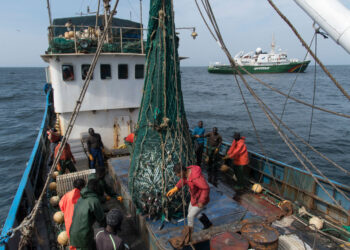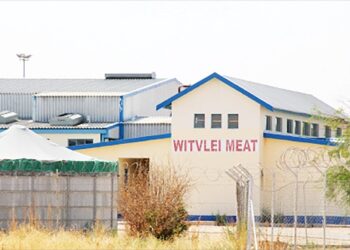
Â
A thoroughly developed crisis plan can only get an organisation so far when a real crisis arises.
If an organisation does not value communication that supports the elements needed for excellent crisis management, a crisis plan is not likely to work.Â
Organisations that communicate quickly and effectively are more likely to successfully manage a crisis than those that delay communication.
If the stakeholders believe the organisation is at fault, then no matter whether the allegations being made are false, its reputation is at risk. Therefore, it is important to understand the different levels of crisis and what to communicate, and to who.Â
 4- Highest Level.
- At this level, media has an immediate need for information. The Head of the organisation may need to on the same day provide an opening statement of empathy and care.
- You may get civil society groups or individuals expressing outrage and anger at what happened, and the media will appear immediately on site for live coverage.
3- Intense Level
- The crisis causes growing attention from local and regional media.
- Media gathers information on the crisis from employees and other sources, not part of the crisis committee.
- Media and community activists are alerted and are closely following the situation.
- Affected and potentially affected parties threaten to talk to the media.
2- Moderately Intense Level
- The crisis attracts moderate media coverage.
- External stakeholders are receiving media inquiries.
- The public at large is aware of the situation, but it is attracting very little attention.
1- Minimally Intense Level
- Crisis attracts little to no attention.
- Stakeholders did not request for information.
- The public and the media are unaware of the crisis.Â
There are many examples of crises that have been happening this month, at which level will you place them? I hope this article will help you identify the levels of crisis you might encounter in your personal life or your organisation, and will equip you with an idea of what level of responsiveness you ought to execute to successfully address the crisis at hand.Â
Morna Ikosa is a Senior Corporate Communications and Brand Reputation Strategist, CPRP,MA, AKA Fixer. To connect, send her a shout-out at micommunicationscc@gmail.com  or find her on LinkedIn.











